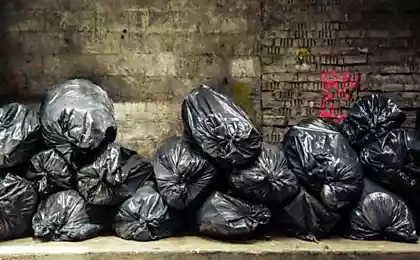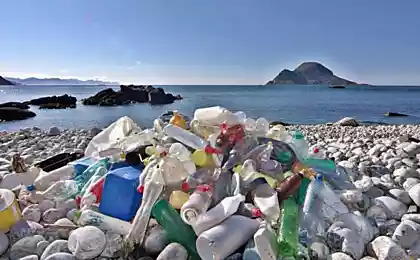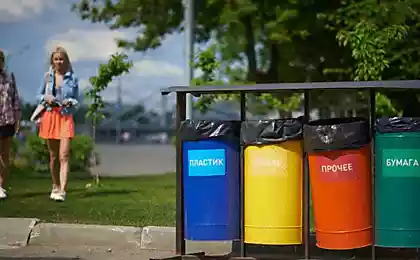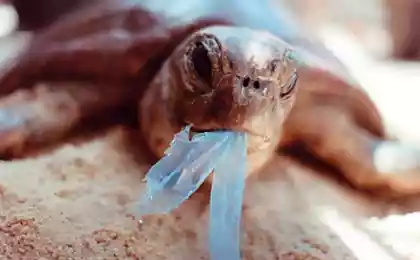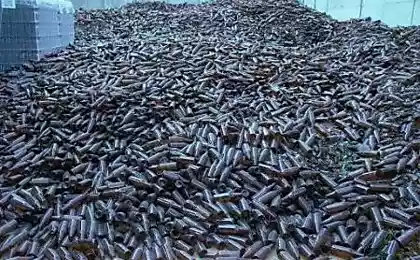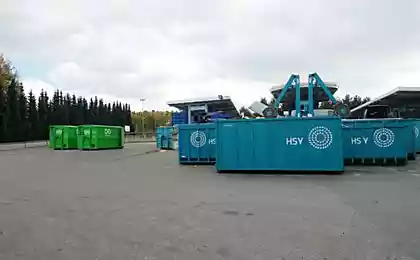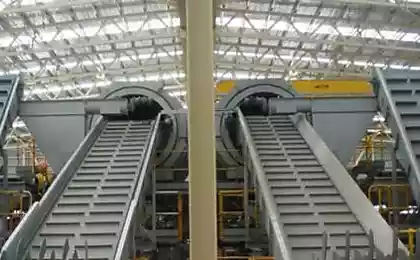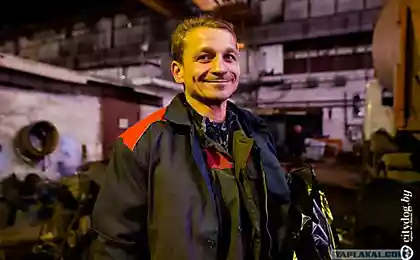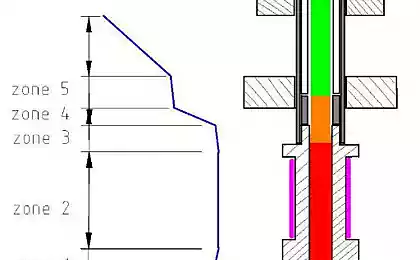446
Fuel from plastic bags
The problem of plastic waste is relevant everywhere. We all know that one plastic bag decomposes over thousands of years, and to dump them received daily almost a ton.
In this context, the invention made jointly by scientists of the Chinese Academy of Sciences and the University of California, could significantly change the balance of power in the fight against plastic waste — the team managed to develop a process which not only breaks down more unnecessary plastic, but turns it into fuel!
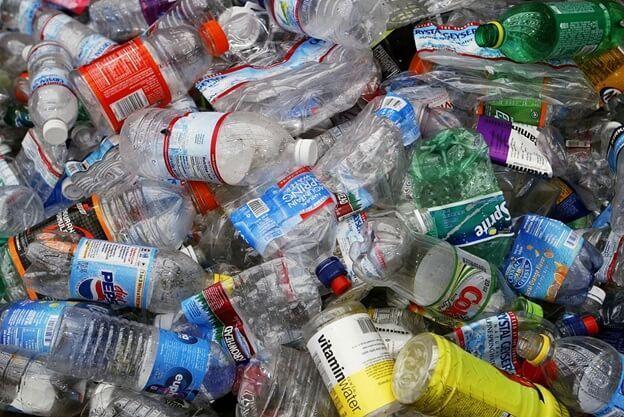
While the researchers concentrated their efforts on polyethylene — annually on the earth is 100 million tons of polyethylene, and then a large part of this amount (95%) is thrown away after a single use. All these bottles and bags are not only in landfills, but in the ocean, and if the situation does not change, by 2025 for every 3 tons of fish there will float a ton of plastic waste.
Existing technologies to break down the amount of polyethylene is highly problematic.
But scientists have developed a more stable and controlled process, resulting in the formation of such breakdown products that you can really use. With the help of different catalysts, the polyethylene is gradually broken down into components such as butane (flammable gas, safe for the environment used, for example, in the mixture of lighter fluid), wax (which can be used to produce new plastic) and/or diesel fuel.
It is known that the splitting process lasts four days and requires heating the polyethylene to 175 degrees Celsius. For comparison, right now the only way to break down this material to near its decomposition — heat it to 400 degrees, but it is firstly expensive, and secondly, in this case, it breaks down into such components, which are not possible to use in the future.
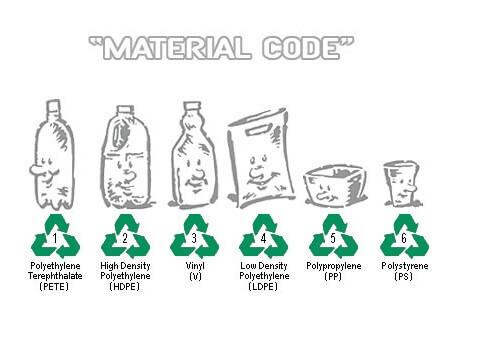
While the researchers concentrated their efforts on polyethylene — annually on the earth is 100 million tons of polyethylene, and then a large part of this amount (95%) is thrown away after a single use. All these bottles and bags are not only in landfills, but in the ocean, and if the situation does not change, by 2025 for every 3 tons of fish there will float a ton of plastic waste.
Existing technologies to break down the amount of polyethylene is highly problematic.
But scientists have developed a more stable and controlled process, resulting in the formation of such breakdown products that you can really use. With the help of different catalysts, the polyethylene is gradually broken down into components such as butane (flammable gas, safe for the environment used, for example, in the mixture of lighter fluid), wax (which can be used to produce new plastic) and/or diesel fuel.
It is known that the splitting process lasts four days and requires heating the polyethylene to 175 degrees Celsius. For comparison, right now the only way to break down this material to near its decomposition — heat it to 400 degrees, but it is firstly expensive, and secondly, in this case, it breaks down into such components, which are not possible to use in the future.published
P. S. And remember, only by changing their consumption — together we change the world! ©
Source: estp-blog.ru/rubrics/rid-27791/
In this context, the invention made jointly by scientists of the Chinese Academy of Sciences and the University of California, could significantly change the balance of power in the fight against plastic waste — the team managed to develop a process which not only breaks down more unnecessary plastic, but turns it into fuel!

While the researchers concentrated their efforts on polyethylene — annually on the earth is 100 million tons of polyethylene, and then a large part of this amount (95%) is thrown away after a single use. All these bottles and bags are not only in landfills, but in the ocean, and if the situation does not change, by 2025 for every 3 tons of fish there will float a ton of plastic waste.
Existing technologies to break down the amount of polyethylene is highly problematic.
But scientists have developed a more stable and controlled process, resulting in the formation of such breakdown products that you can really use. With the help of different catalysts, the polyethylene is gradually broken down into components such as butane (flammable gas, safe for the environment used, for example, in the mixture of lighter fluid), wax (which can be used to produce new plastic) and/or diesel fuel.
It is known that the splitting process lasts four days and requires heating the polyethylene to 175 degrees Celsius. For comparison, right now the only way to break down this material to near its decomposition — heat it to 400 degrees, but it is firstly expensive, and secondly, in this case, it breaks down into such components, which are not possible to use in the future.

While the researchers concentrated their efforts on polyethylene — annually on the earth is 100 million tons of polyethylene, and then a large part of this amount (95%) is thrown away after a single use. All these bottles and bags are not only in landfills, but in the ocean, and if the situation does not change, by 2025 for every 3 tons of fish there will float a ton of plastic waste.
Existing technologies to break down the amount of polyethylene is highly problematic.
But scientists have developed a more stable and controlled process, resulting in the formation of such breakdown products that you can really use. With the help of different catalysts, the polyethylene is gradually broken down into components such as butane (flammable gas, safe for the environment used, for example, in the mixture of lighter fluid), wax (which can be used to produce new plastic) and/or diesel fuel.
It is known that the splitting process lasts four days and requires heating the polyethylene to 175 degrees Celsius. For comparison, right now the only way to break down this material to near its decomposition — heat it to 400 degrees, but it is firstly expensive, and secondly, in this case, it breaks down into such components, which are not possible to use in the future.published
P. S. And remember, only by changing their consumption — together we change the world! ©
Source: estp-blog.ru/rubrics/rid-27791/
Posture and abdominal muscles. The most harmful exercise for the spine
The test route for the drone to be built in Tatarstan



